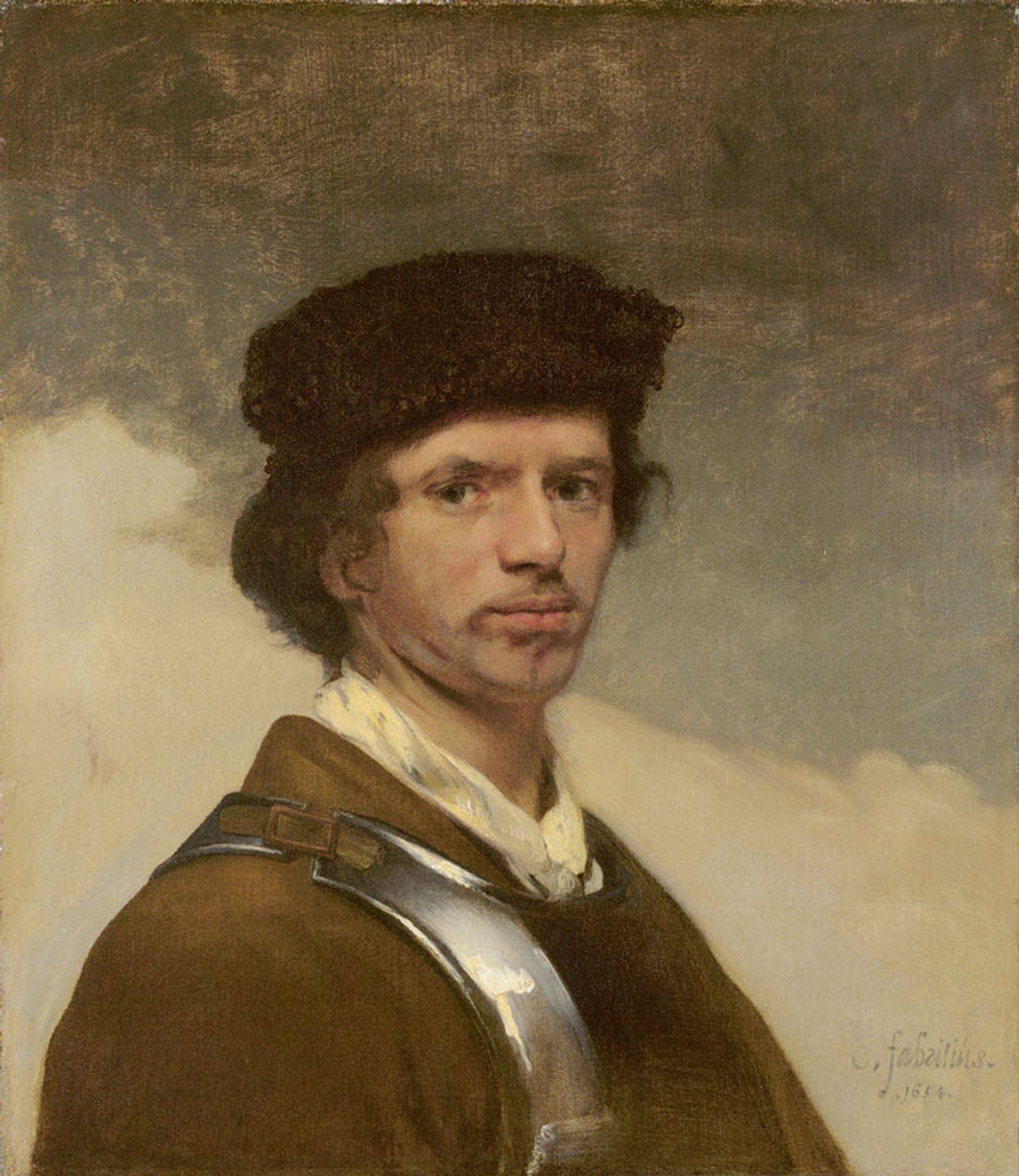A devastating explosion at a gunpowder store in the Dutch town of Delft in 1654 is the cataclysmic event at the centre of Laura Cumming’s latest publication, Thunderclap: A memoir of art and life & sudden death. Cumming, the art critic at The Observer, tells the story of how the painter Carel Fabritius, known for works such as The Goldfinch (1654) and A View of Delft (1652), died following the disaster.
Framing the story around Fabritius, Cumming presents observations around art history and life experiences, paying homage to her late father—the artist James Cumming—and the Dutch Golden Age artists he revered. How art sustains us, and why paintings resonate at certain points in time, also underpins the publication. We asked Cumming about championing Fabritius and the impact of her new publication.
The Art Newspaper: Have you been surprised so far by the reactions to Thunderclap? What are people taking away from the book?
Laura Cumming: I’m elated that people love these paintings as much as I do and are so ready to be moved by the dramatic and often tragic lives of these long-dead artists. But the book is also about seeing, sight and eyes, which we all have in common. One chapter is about my daughter’s sudden colour blindness (from staring too hard at the sun), another about my artist father’s eyesight, a third about where the images come from when we dream with our eyes shut, or when we are remembering images. They are all connected with my own absolute joy in seeing the world and seeing it all over again through the eyes of artists. [The historian] Simon Schama wrote that the book was at heart about the capacity of art to make us sense what life actually is. I couldn’t describe my aim better than he does.
The Washington Post said that Thunderclap “combines first-rate art history with deeply felt memoir”—is that a satisfying summing up?
We see art in time and place, and in our own lives. We cannot see it otherwise. So everything that happened before we look at a painting is there in what we see. Thunderclap is my fourth book about the relationship between art and life and its subtitle is A memoir of art and life & sudden death. The deaths which haunt me in this book are those of the Scottish painter James Cumming (my father) and the Dutch painter Carel Fabritius, both of whom died accidentally, long before their time. Art history combined with memoir is the absolute essence of the book.

Self-Portrait in Fur Cap by Carel Fabritius © National Gallery, London
Why is Carel Fabritius under recognised as a painter?
Fabritius painted so little—around 13 certain works, far less than Vermeer—and almost every one of them a masterpiece. But just as he is himself unusually elusive, so they are dispersed all over the world. The Goldfinch is in The Hague [Mauritshuis], The Sentry (1654) in Schwerin [Staatliches Museum, Schwerin], A View of Delft in London [National Gallery]. The great early self-portrait, so wintry and sorrowful, is strangely overlooked in Rotterdam. Every work is so wildly different, [as if by] some other painter. There has only ever been one show and people don’t make pilgrimages to see them. My book is in part a campaign to change that!
Is the book also a reassessment of Dutch Golden Age painting?
Yes! Dutch art is often described as purely descriptive—pictures of stuff, and nothing but—or as rigidly symbolic. But I love it, and believe others do too, for completely different reasons. It is everywhere and yet it feels like coming home. Golden Age Dutch art is so democratic, so all-embracing, so infinite in its reach through everything seen, experienced, imagined, hoped and remembered, from the gusting ship to the herring on its platter to the girl spellbound by a letter, from the bright canal to the sorrowing self-portrait and every brick in a beautiful Delft wall. It feels to me like the visual speech of life.

Fabritius’s The Goldfinch Courtesy of Mauritshuis, The Hague
The art historical jigsaw you piece together around Fabritius is fascinating such as the appearance of three of his paintings in Vermeer’s will. Did such discoveries keep surprising you?
Always, especially the realisation that those three paintings entered through a dark doorway exactly like the one in Vermeer’s The Little Street and that one went no further than pride of place in his hall. I was constantly surprised by every life and career in this book, from the reasons why Adriaen Coorte painted different objects always on the same stone shelf and on such tiny scraps of paper, to the fate of Emanuel de Witte, master of such serene church interiors whose troubles were so great he tried to drown himself in an Amsterdam canal. But the biggest discovery came last for me. It concerns The Goldfinch and the staggering surprise of it concludes this book…
• Laura Cumming, Thunderclap: A memoir of art and life & sudden death, Simon & Schuster, 272pp, £25 (hb)










